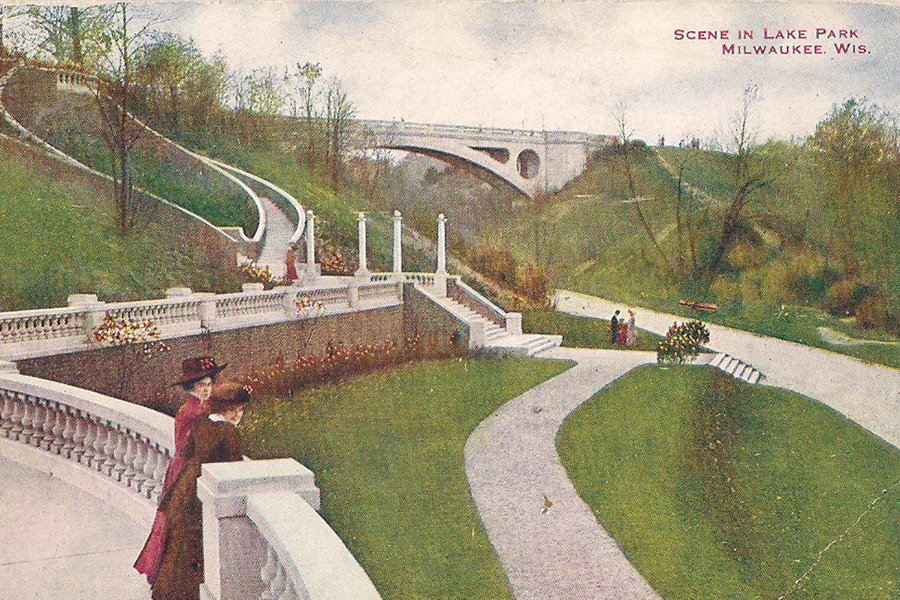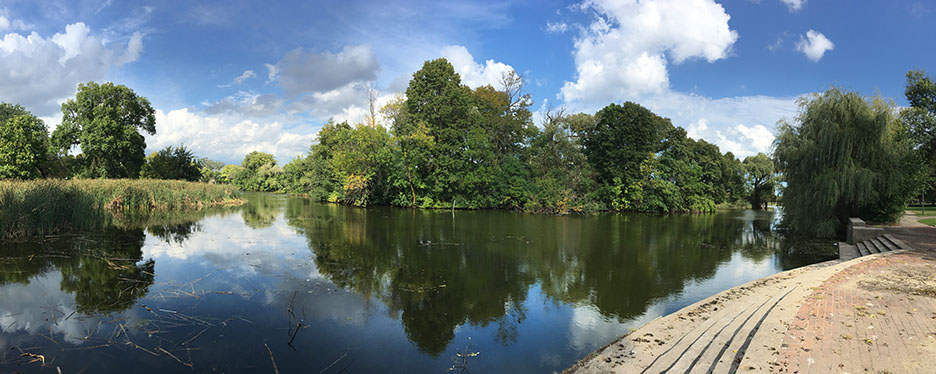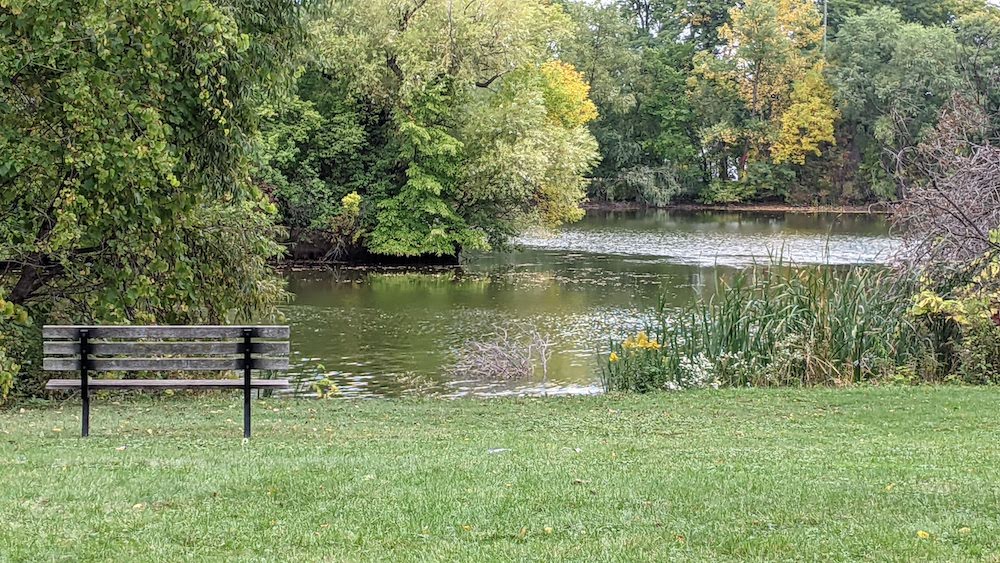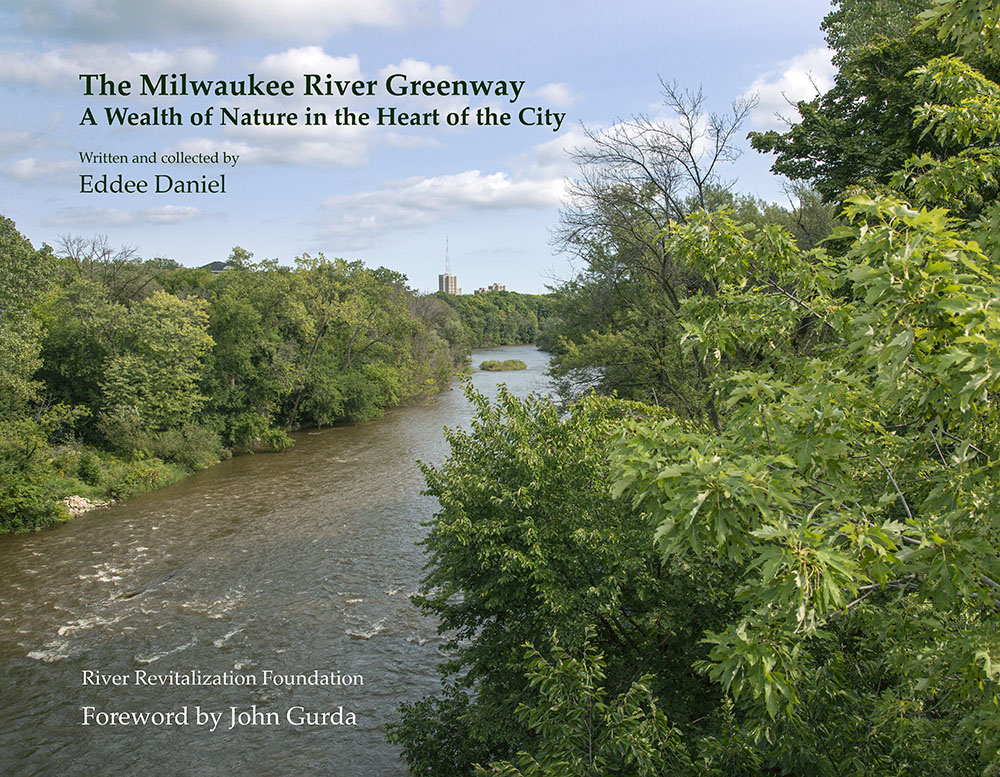
Milwaukeeans have inherited a treasure trove of historic parks and other public landscapes rivaling in significance those in Chicago, Minneapolis and other major cities. Nonetheless, Milwaukee’s landscape heritage has not been fully chronicled—so it is less known and accessible than some other cities’. For example, a librarian at Milwaukee’s Central Library said recently that one of the most-requested references that does not exist is a comprehensive history of Milwaukee’s parks. That’s a missed opportunity for Milwaukee, since cities that showcase their many-layered histories also tend to exude present-day dynamism, rather than seeming like “Anywhere, USA.”
Some key facts offer clues about how Milwaukee County created a park system noted as a national model. One milestone occurred in 1889 when the city’s new park commission hired Frederick Law Olmsted, the father of American landscape architecture, to help select sites for a foundational “park system,” a concept Olmsted invented. Olmsted designed three of the initial seven: Lake, Riverside and Washington, as well as Newberry Boulevard linking the first two. Lake and Washington parks remain shining examples of Pastoral and Picturesque landscape styles.
Warren H. Manning, Olmsted’s planting designer, supervised construction of Milwaukee’s Olmsted-designed parks and continued consulting with park commissioners until 1907. Manning, dubbed America’s first “environmental planner,” designed Mitchell and Kosciusko parks as well as landscapes for Downer College and prominent Milwaukeeans.
Subsequent park development and city planning was spearheaded for 40 years by visionary and pragmatic Milwaukee Socialist Charles B. Whitnall. In 1907 he was appointed to both Milwaukee County’s new parks commission and the city’s Public Land Commission. In 1927 Alfred L. Boerner, a Cedarburg-born landscape architect, was hired to design county parks and supervise their construction. He and Whitnall built upon Olmsted’s ideas about parkways, park systems and naturalistic landscapes that also serve recreation. Boerner’s triumphs include Brown Deer and Whitnall parks, as well as Boerner Botanical Gardens. Much county park development was assisted by Depression-era work programs.
Another trailblazer who arguably influenced Milwaukee was Horace W.S. Cleveland, hired in 1870 by Milwaukee’s Public Works Department to design the city’s first planned park. Overlooking Lake Michigan, it was eventually named for Solomon Juneau, Milwaukee’s first mayor. Cleveland presciently planned for drainage and erosion control, as well as beauty. The Transcendentalist and conservationist had designed Sleepy Hollow Cemetery in Concord, Mass., with Robert Morris Copeland in 1855. Cleveland briefly worked with Olmsted before moving to Chicago to practice landscape architecture in 1869; they remained lifelong friends.











